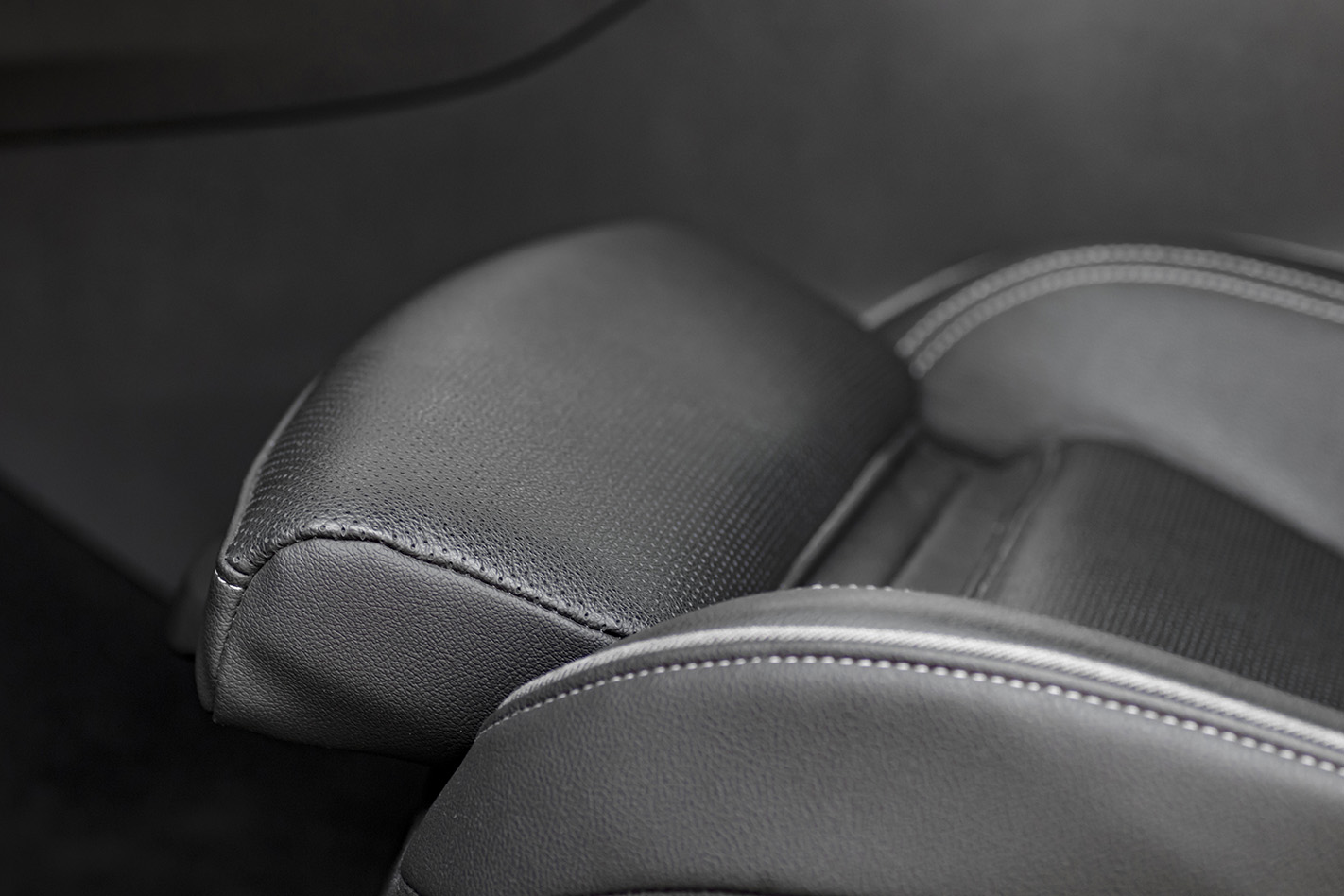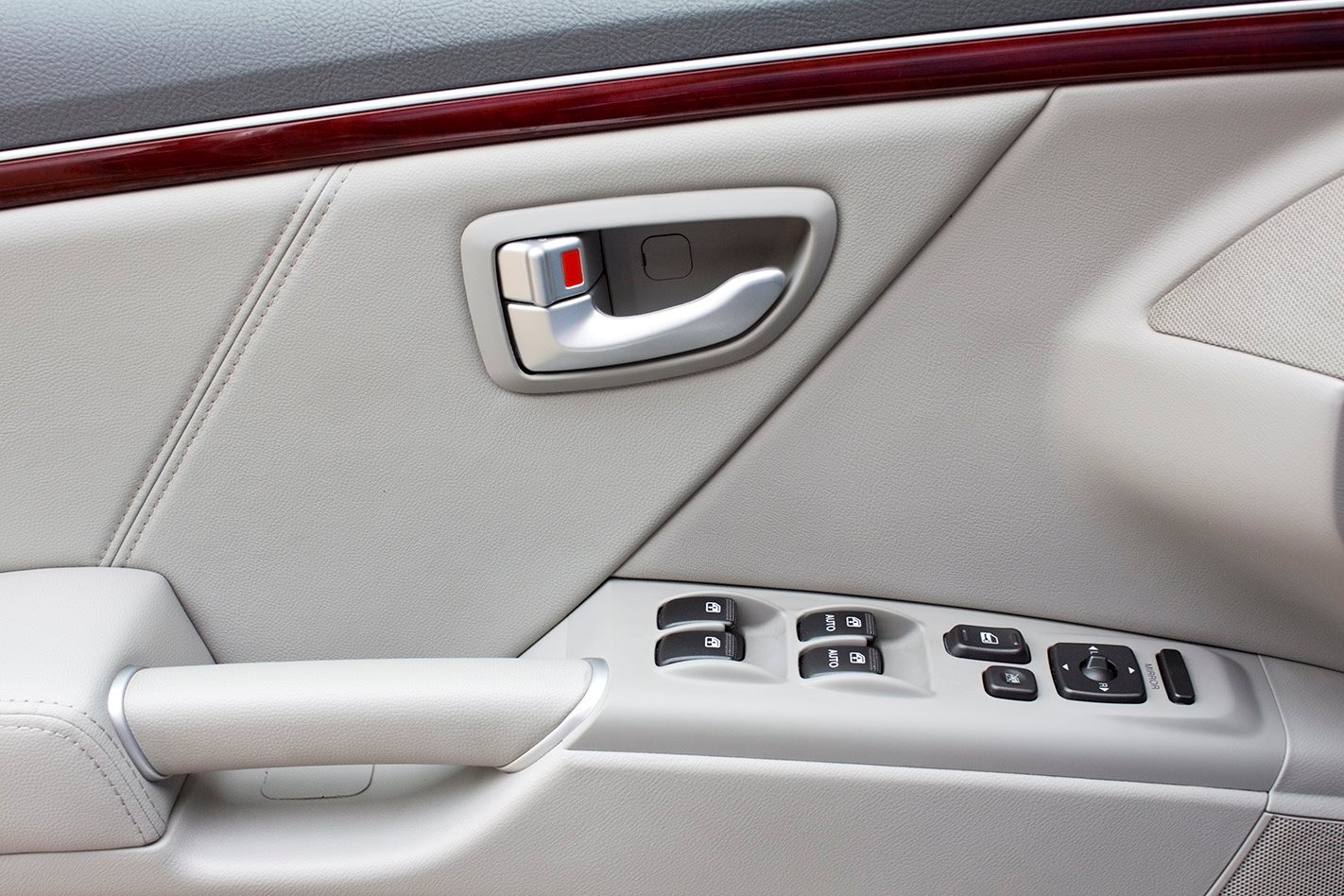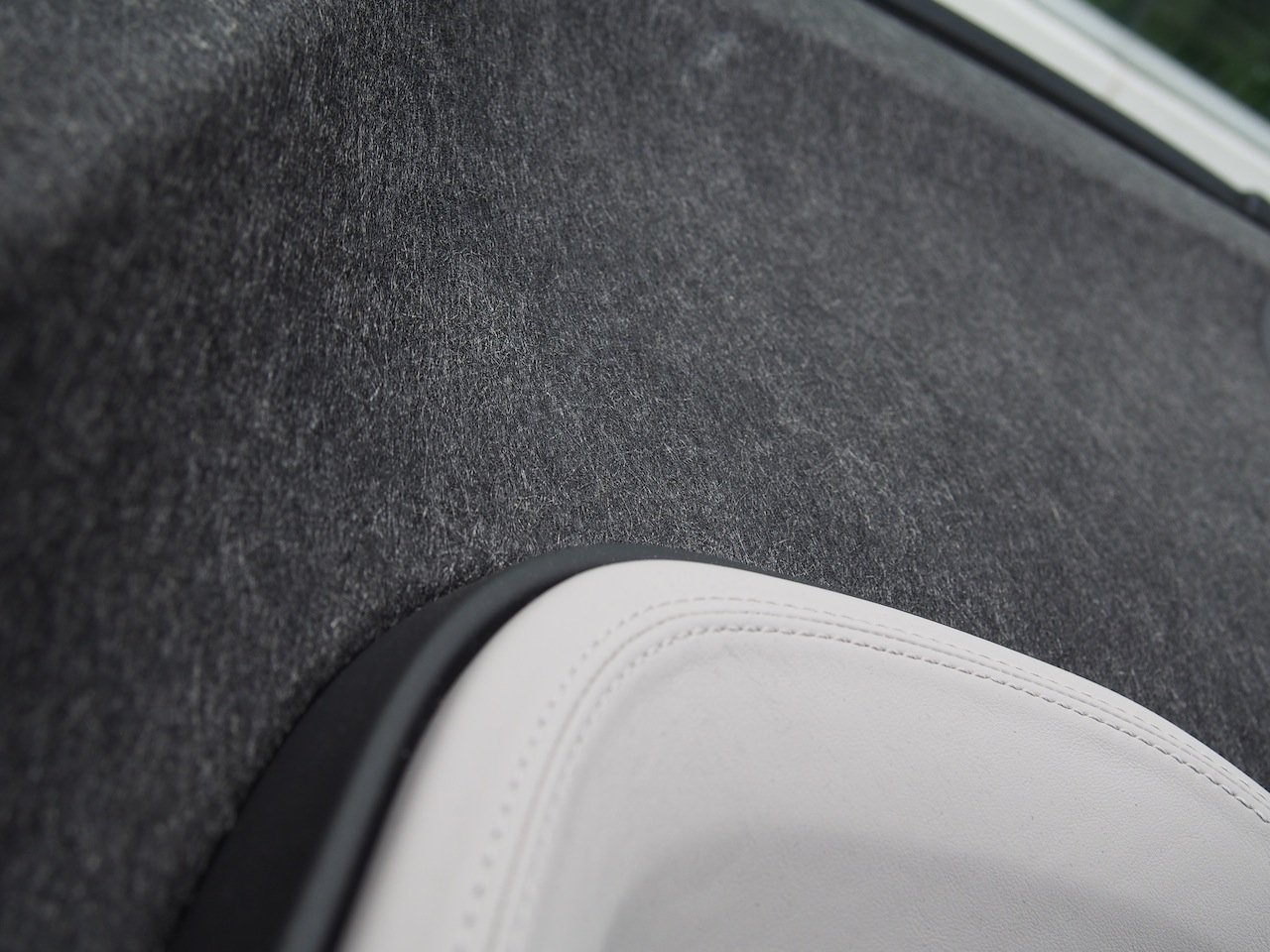
February 25, 2020: New car smell – some love it, others hate it, but what few may know is that the scent has a name: off-gassing. Basically, it’s microscopic particles emitted by a new car’s factory-fresh plastics and synthetic fabrics, and their combined vapours are what you’re inhaling.
But, are off-gassing plastics a health risk?
A new study from researchers at the University of California indicates the smell isn’t actually as harmless as it may seem.
Researchers Aalekhya Reddam and David Volz conducted a study that looked into the point at which a person’s exposure to known carcinogens would go above safe levels.
The study looked at the levels of carcinogens, namely formaldehyde and benzene, as a percentage of daily tolerances outlined by Californian health authorities.
After just a short 20 minute commute, it was found the levels of formaldehyde and benzene would exceed the daily allowable maximum, with risk increasing beyond that with extra time spent in the car.
Alarmingly, within the state of California, more motorists in the cities of San Francisco and Los Angeles were at a 10 per cent higher probability of exceeding cancer risk thresholds associated with benzene or formaldehyde than any other studied location.
Effectively, cities with more traffic and congestion lead to higher commute times, which then leads to high risk of carcinogen exposure.
Overall, the study raises concerns about the potential risk associated with inhalation of benzene and formaldehyde for people who spend a significant amount of time in their vehicles.

The story to here: What is off-gassing and is new car smell harmful?
May 2019: As the name suggests, off-gassing is the release of hydrocarbon-derived chemicals and allergens, collectively known as volatile organic compounds (VOCs), into the surrounding environment.
As the cabin plastics begin to react with the atmosphere, sunlight and heat, they begin to break down on a molecular level and disperse into the air.

Off-gassing is not specific to cars – it’s something that most synthetic materials, especially those derived from petroleum, do. Everyday household items such as fabric, mattresses, carpet and paint will ‘gas out’, and a 2001 CSIRO report linked buildings with VOC concentrations of over 10mg per metre-cubed to ‘Sick Building Syndrome’ – a phenomenon where multiple occupants of a building report feeling unwell but without any obvious cause. Among other things, one of the suspected triggers for Sick Building Syndrome is contaminated air from construction materials gassing out, mould or other chemicals.
Alarmingly, new cars had up to six times the volume of VOC concentrations as what the CSIRO found to be the Sick Building Syndrome threshold, and with side-effects ranging from itching to infertility that’s bound to be concerning.
Think about it; a car full of people, windows up, aircon on – essentially it’s just you and the fumes. How do you feel about that new car smell now?

WHAT ARE WE BREATHING IN?
A big component of new car smell is brominated fire retardant (BFR, also known as Bromide). It’s a fire retardant used typically on seats, carpet and bed mattresses. One common BFR, known as deca, collects and lurks in the human body, affecting brain and thyroid function, and can be passed to children via breast milk.
Levels of BFR found in Australian breast milk are double those found in European countries where the chemicals are heavily regulated, but less than five times those reported for North America. Even more concerning is bromide gas levels increase when exposed to heat and UV – not great news for Australia.

We already know Polyvinyl Chloride (which we know as PVC) has a lasting effect on the environment, but the soft plastic, which you commonly find on the dash and doors, can also have an impact on human health. The softeners in PVC contain phthalates (a bunch of chemicals used in plastics), which are regulated in several parts of the world because of their suspected carcinogenic properties, but Australia sits behind in regulating this product even though it also off-gasses more with heat.
But here’s the good news, most manufacturers are phasing out PVC anyway because of its possible health issues and its lack of recyclability.
Thinking of upgrading that pretty interior to tanned leather? Well consider this before you spend your hard earn cash: chromium is commonly used in tanning to soften hides and stabilize colour, but this allergen, when tested, has caused infertility in rats. A 2005 Japanese study of 101 Japanese cars found greater air pollution in the “luxury cars”, which the study attributed to extensive interior leather trim.
A problem with off-gassing is that you can’t necessarily eyeball a material or a product and assess its brew. A film of vapour on the windscreen is the first clue to the possible presence of high VOCs but the detail of what that particular concoction is doing to you and your passengers is impossible to tell from your owner’s manual or your local dealer. Cars are not food products, they’ll tell you where they’re made but not what they’re made of.

SHOULD I BE WORRIED?
The good news is that a little bit of air can improve the problem. 80 per cent of of-gassing occurs in the first three months of a car’s life, which means that if your car was sitting on the lot, on the docks or on a boat, most of the dirty work should be done. VOC levels are relatively lowest when the vehicle is in motion with the driver’s window half down.
If you can, park the car in the sun with the windows slightly down as frequently as possible and crank up the air-conditioning to fast forward the curing process. Exposure to chemicals is one of the unavoidable by-products of living in the modern world but, as we mentioned above, the health risk from new car interiors diminishes rapidly with time.
Many carmakers have also been proactive in reducing the amount of potentially harmful plastics in their car interiors. Honda, for example, has committed to eliminating PVC and plastics containing bromide from their vehicles. In the case of PVC, it was almost universally in 2006, but six years later only 73 per cent of cars produced globally used the material in their interiors.

A 2012 study also found that Suzuki, Nissan, Toyota and Volkswagen had admirably low amounts of airborne VOCs. Many manufacturers are also looking to replace cabin plastics with naturally-derived or recycled materials such as soy-based seat cushion foams, vegan leather and compressed plant fibre structural card (like that used by the BMW i3, above), reducing the car’s lifetime environmental impact while also eliminating VOC sources.
Ford even recently patented a method for removing the bulk of new car odour before cars even leave the factory, largely as a response to Chinese buyers complaining about the whiff of their new cars. Ford’s system essentially bakes the entire car’s interior for a set time to accelerate the outgassing process from months to mere minutes, with the resulting fumes being extracted and filtered on the assembly line.
The industry is steering itself in the right direction, but if the idea of breathing new car smell gives you a twinge of anxiety, there’s no need to reach for the gas mask – just play it safe for the first six months of ownership and keep the car well ventilated. Frequent wipe-downs of the interior with a slightly damp microfibre cloth will also help, as VOCs tend to combine with airborne dust or settle on the inside of your car’s glass and other hard surfaces.



